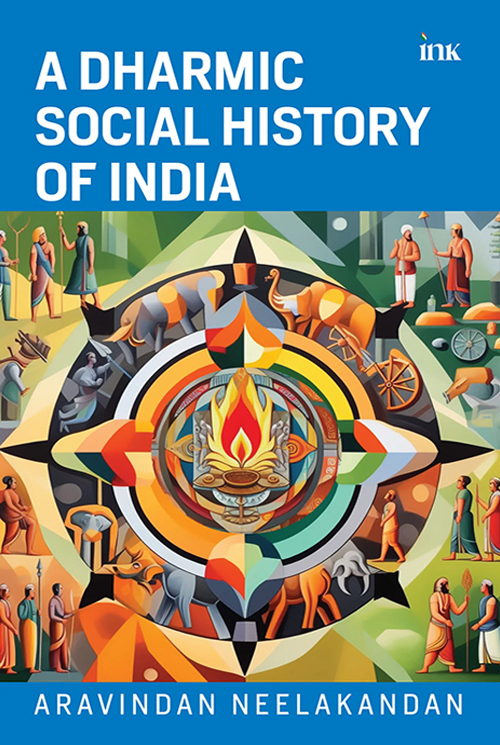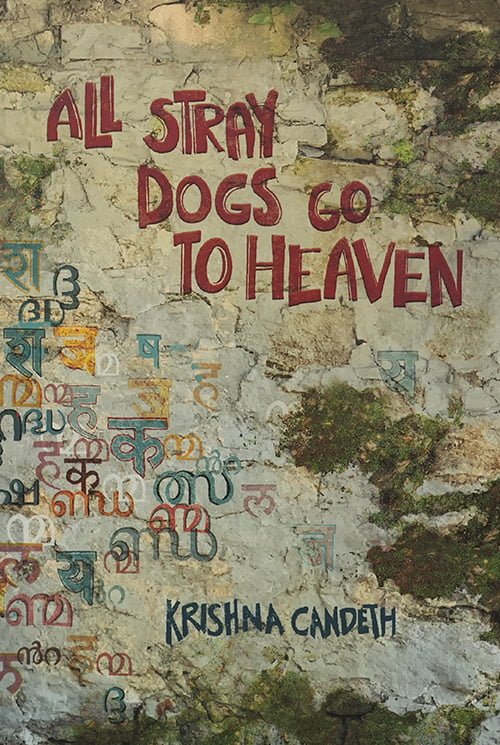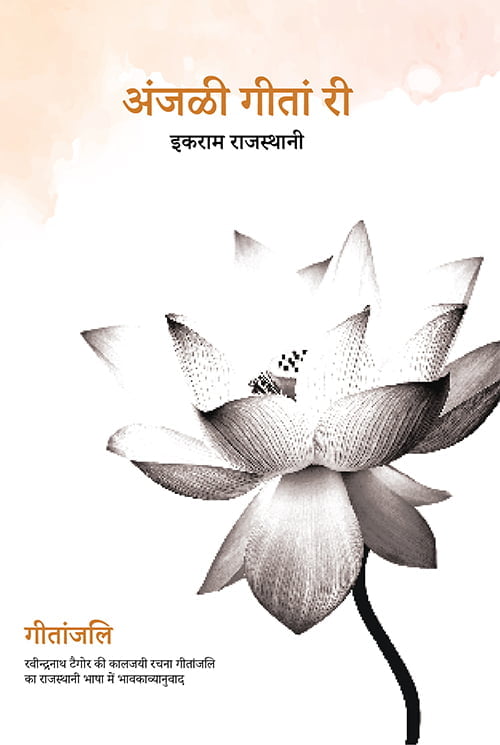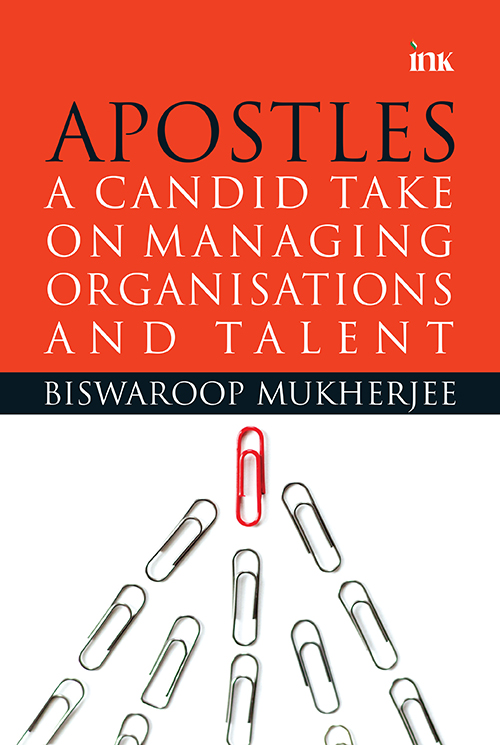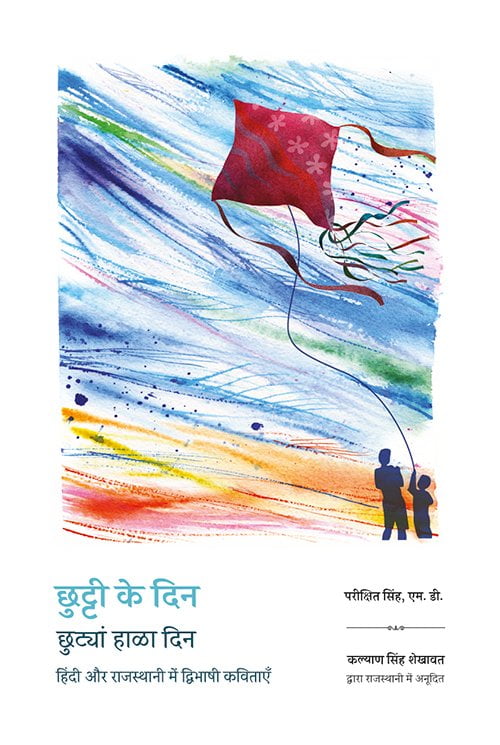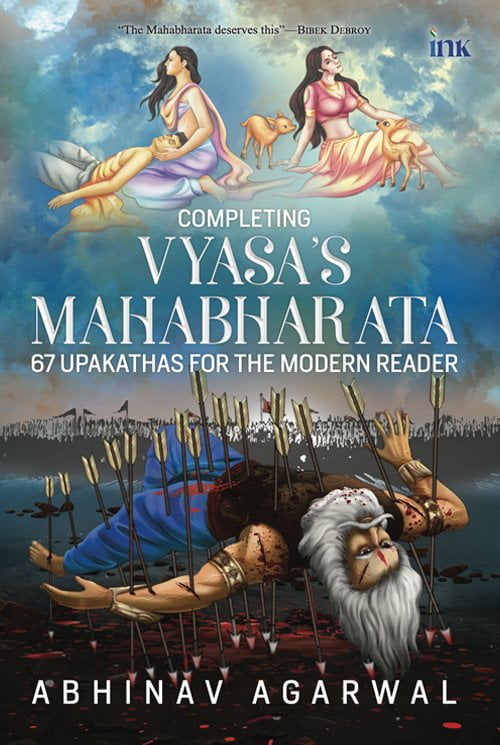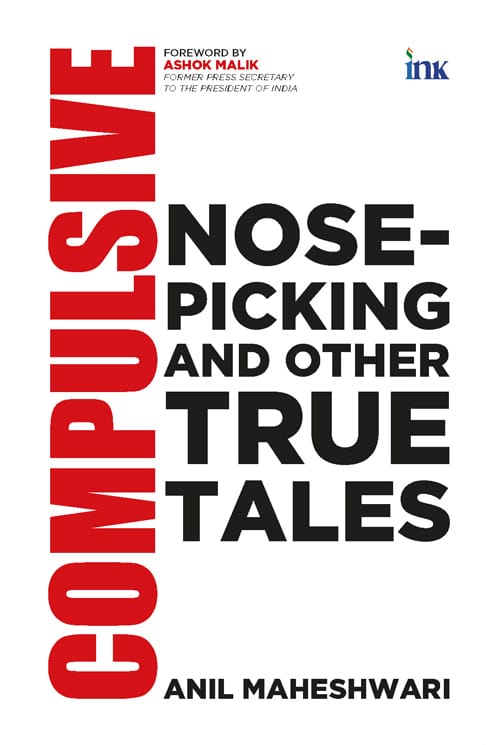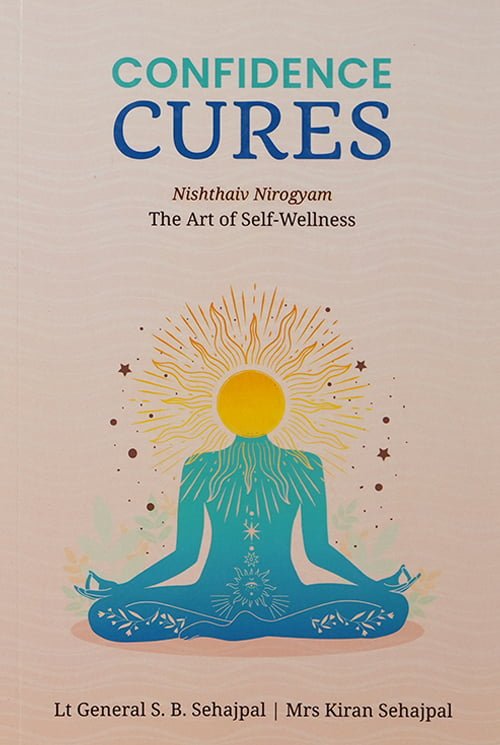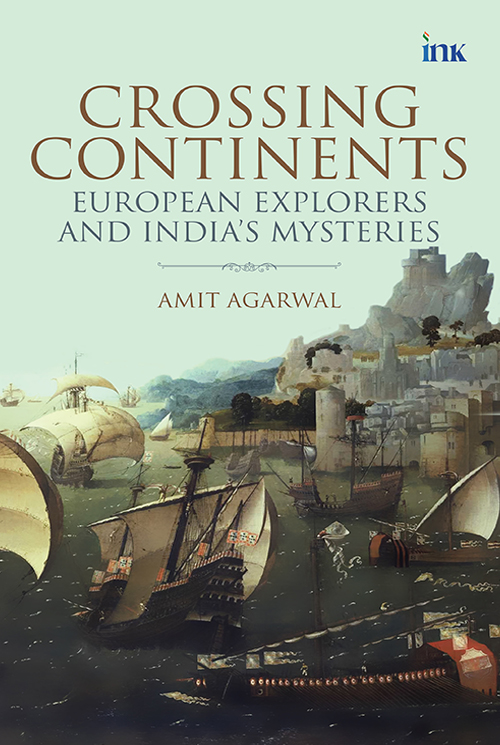A Dharmic Social History of India
How India, a land of diverse ethnicities, religions, and languages, has managed to maintain its social cohesion and harmony for thousands of years? How has it managed the forces of social stratification, social exclusion, social stagnation, and social emancipation? Are the institutions of caste and untouchability, jathi and varna peculiar to India? Or is there some other deeper coda to Indian society that sustains it through millennia?
This book explores these questions by tracing the origin and evolution of India’s social systems from the ancient Harappan civilization to the present day. It reveals the underlying principles, values, and worldviews that shaped India’s social dynamics and enabled it to adapt and thrive in changing times. It also highlights the role of Indian spiritual values, especially the concepts of yajna and bhakti, in fostering social inclusion and emancipation. Drawing on historical data from various Hindu traditions and biographical data of civilizational-spiritual seers, the book challenges the common perception of these seers as mere rebels or social reformers. Instead, it shows how they were agents of self-realisation who also energised the society to achieve social transformation.
This book is not only a comprehensive and insightful account of India’s social history but also a valuable source of inspiration and guidance for anyone who seeks to create a more peaceful, harmonious, and prosperous world.


